According to the Ministry of Education and Training, this year's exam was designed to assess competency, integrate interdisciplinary knowledge, and require students to apply it to solve practical problems. Some exam subjects have demonstrated this spirit. The questions do not only test knowledge but also aim to assess critical thinking, analysis, comparison, and connection.
This change is necessary if Vietnamese education wants to shift from learning to test to learning to understand - to live - to do - to create. At the same time, it creates motivation for teachers to innovate teaching methods, from imparting knowledge to developing students' capacity.
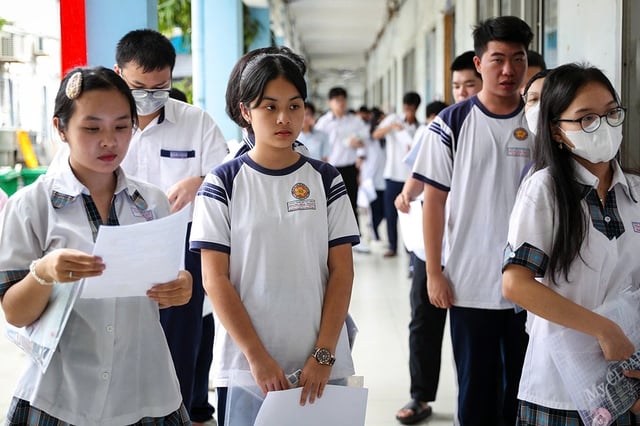
This year's high school graduation exam left mixed reviews about the difficulty level of the test.
PHOTO: NHAT THINH
K THE GAP BETWEEN REFORM AND STUDENT CAPACITY
However, this year's high school graduation exam also revealed a large gap between the reform goals and the accessibility of the majority of students. In many subjects - especially math and English - the exam was assessed as too difficult, with a high density of application questions, lacking a basic question system to help average students do the test.
With the math exam, students reported that they could not find a starting point, many questions required complex technical changes, and the questions were long and not very suggestive.
In particular, the English test uses difficult materials, long contexts and high requirements on vocabulary and structure, causing even good students to encounter many obstacles in the reading comprehension section. The English test is assessed to be far beyond the average high school level and lacks an area of "easy questions" for students to get a foundation score. This makes many students, especially in disadvantaged areas, who choose to take the English test feel confused and frustrated. If this trend continues, it will create a mentality of being afraid to study and avoid taking the English test - going against the goal of making this subject the second language in schools, as stated in Conclusion No. 91 of the Politburo .
With too much pressure from exams, students easily see English as a barrier instead of an integration tool, and thus learn to cope or eliminate it from their exam combinations. Meanwhile, to realize the goal of bringing English into school life in a sustainable way, it is necessary to ensure that the exam questions are appropriate, fair and have a clear roadmap.
MISCONCEPTION BETWEEN CURRICULUM - TEXTBOOK - EXAM QUESTIONS?
Another difficulty for students is the lack of consistency between textbook content and exam requirements. According to the new program, textbooks are only one of many sources of learning materials and exam questions cannot use any textbook materials. However, in reality, for students, especially in rural and mountainous areas, textbooks are still the main, even the only, learning materials.
Many questions in the 2025 exam far exceed the knowledge level in the textbook, making it impossible for students to do the test even though they have studied correctly and thoroughly. Students fall into a state of disorientation and loss of confidence, not knowing which textbook or material to study so as not to deviate too far from the exam.
This imbalance not only reduces the role of textbooks, but also eliminates the core principle of the new program: developing self-study ability. When textbooks are no longer a reliable support, students are forced to return to extra classes, practice questions and memorize, or abuse AI.
N RISK OF RE-OUTBREAK OF EXTRA TUTORING AND EXAM PREPARATION
After this year's exam, many students shared that if they did not practice the questions and study with private guidance, it would be almost impossible to achieve good or excellent scores. The difficult exam questions went beyond the curriculum, making students feel that they needed a "guide" to do the test. This mentality revived the wave of extra study and exam preparation that had been restrained thanks to the innovative spirit of the 2018 General Education Program and the recent Circular No. 29 of the Ministry of Education and Training on extra teaching and learning.
If next year's exam continues to maintain its current level of difficulty without simultaneously improving teaching and learning conditions in schools, it is easy to lead to the re-establishment of the "two-tier education" mechanism: real learning in school is just a formality, while learning to retake the exam takes place outside of school - unequal and emotional.
This completely goes against the goal of "reducing pressure, increasing quality" and erodes the primary role of schools in formal teaching.
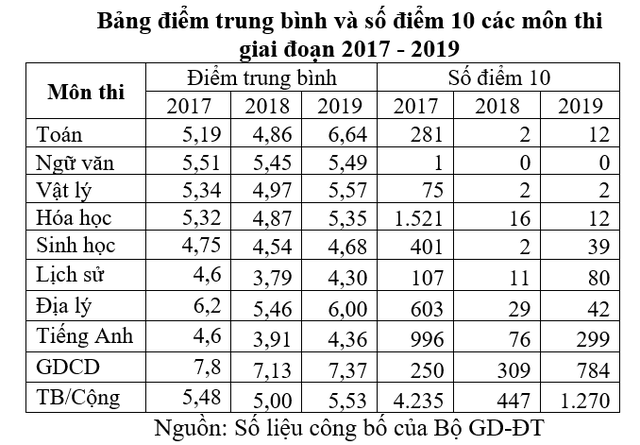
NEED A SYNCHRONIZED ECOSYSTEM
A systemic concern is that the test construction process is not standardized. The matrix-based test generation is still misunderstood and mechanical: randomly selecting questions from content groups without sufficient control over difficulty, differentiation, or detailed specifications. This leads to uneven test codes, imbalances in content and difficulty.
Besides, due to the lack of a nationwide standardized question bank, most of the questions in the exam are still built based on the experience of expert teams, without actual test data, easily falling into sentiment or lacking stability between years.
The practice of giving exams with different levels of difficulty has happened in previous years. In 2018, the exam was more difficult, causing the total score of 10 to drop sharply from 4,235 points (2017) to 477 points, many subjects such as literature, math, physics... only had 0-2 points of 10. In 2019, the exam was easier, so the score of 10 increased to 1,270 but was still lower than in 2017.
Therefore, in order for the exam to continue in the direction of innovative capacity assessment, it is necessary to synchronously deploy many solutions.
Firstly, it is necessary to build and publish a standardized question bank in the direction of assessing capacity, with verification data on difficulty and discrimination, helping to ensure fairness between exam codes and between exam years, and between students in regions nationwide. Schools should strengthen testing and evaluation with exam questions not included in textbooks.
Second, the exam questions need to be based more closely on the requirements of the 2018 General Education Program.
Third, it is possible to consider separating the two goals of the exam: one part is used for graduation, ensuring universalization; the other part serves university admission, which can be higher in differentiation and depth.
Finally, it is necessary to establish a formal post-exam feedback mechanism from students and teachers - so that the exam reform process is not a one-way process from top to bottom, but is truly a two-way collaboration between policymakers and learners - teachers.

In order for the high school graduation exam to continue in the direction of innovative capacity assessment, it is necessary to synchronously deploy many solutions.
Photo: Ngoc Duong
INNOVATION NEEDS TO BE PRECISE, FAIR AND FEASIBLE
The 2025 high school graduation exam is an important milestone in the process of educational reform. However, an exam, even if it is directionally correct but does not match the actual capacity of the learner, cannot be considered a success. For the exam to become a driving force for reform, it must ensure 3 factors: realistic content - standardized techniques - feasible subjects.
Reform cannot be limited to the test. It must go hand in hand with the textbook program, teaching methods, and actual teaching conditions. When the whole system is synchronized, students will no longer have to study extra for the test, nor will they be afraid of English or lose faith in textbooks. Then, each test will truly be an open door, not a closed door.
Source: https://thanhnien.vn/de-thi-tot-nghiep-thpt-2025-doi-moi-nhung-chua-dong-hanh-voi-thuc-tien-185250630192948922.htm



![[Photo] Worshiping the Tuyet Son statue - a nearly 400-year-old treasure at Keo Pagoda](/_next/image?url=https%3A%2F%2Fvphoto.vietnam.vn%2Fthumb%2F1200x675%2Fvietnam%2Fresource%2FIMAGE%2F2025%2F12%2F02%2F1764679323086_ndo_br_tempimageomw0hi-4884-jpg.webp&w=3840&q=75)
![[Photo] Parade to celebrate the 50th anniversary of Laos' National Day](/_next/image?url=https%3A%2F%2Fvphoto.vietnam.vn%2Fthumb%2F1200x675%2Fvietnam%2Fresource%2FIMAGE%2F2025%2F12%2F02%2F1764691918289_ndo_br_0-jpg.webp&w=3840&q=75)



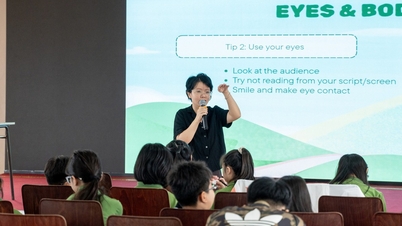



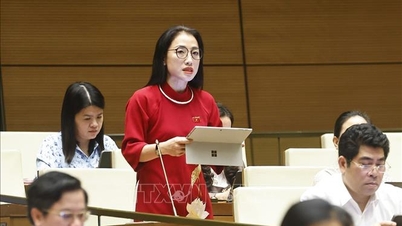





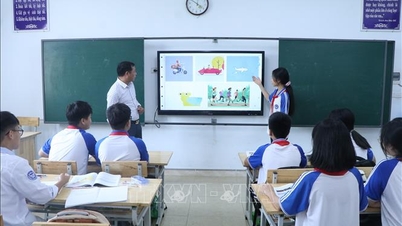




![[Video] Urgently complete school repairs and provide textbooks to students in flood-affected areas before December 10](https://vphoto.vietnam.vn/thumb/402x226/vietnam/resource/IMAGE/2025/12/03/1764745325198_hoc-sinh-vung-lu-4846-jpg.webp)




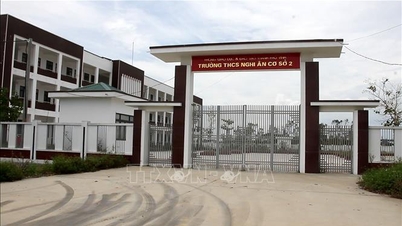
























































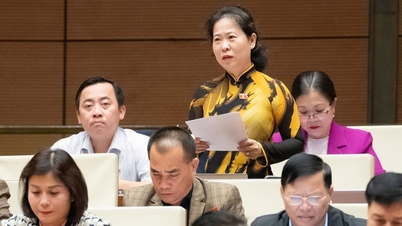









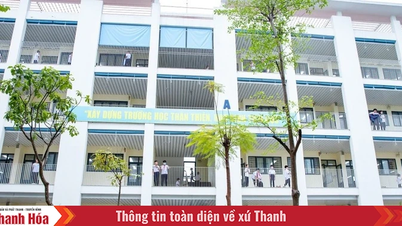















Comment (0)